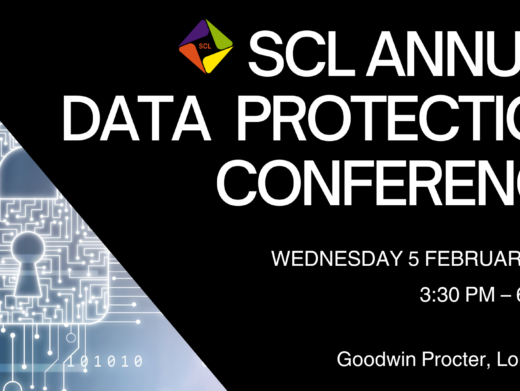This time of the year normally gives rise to plenty of invitations to socialevents and parties which, more often than not, allow you to indulge in a littlebit of nostalgia and laughter about how we used to do things in the good olddays! I don’t feel that old (early 40s – honest), but I’ve spent over 20 ofthose years working with computers of one sort or another, so I suppose I’malmost qualified to be an IT veteran. My first ever contact with an actualcomputer was in 1975. It was an IBM 360 mainframe, the front panel was coveredin little metal switches that only the engineer (a very frequent visitor) seemedto understand. There were rows of plastic buttons with obscure names, that litup when something happened – very Thunderbirds. This machine also taught methat those whirling tape drives going backwards and forwards in James Bond filmswere not some fiendish plot to take over the world being computed, but a‘read/write’ error meaning the tape heads require cleaning!
As I gained in knowledge of these fascinating machines, more of them came andwent. IBM 370/135, Honeywell 61/60, Level 6 and DPS 4, and then my favourite(sad, I know), the IBM System 38, which is now called the AS/400. At some pointduring this period I became aware of the first floppy disk, with a huge 8 inchradius, that contained the ‘boot-up’ instructions for the 370. Then thesefunny little personal computers, with silly names, appeared along withrudimentary spreadsheets and word processors. They were a revelation for themajority of us ‘techies’. A real computer was above the rather tacky wordprocessing applications that occurred on weird stand-alone machines outside ofour nice air-conditioned computer rooms. If you wanted to do some sums, that waswhat you used a calculator with a till roll for.
As I progressed up the IT career ladder, I became less interested in thetechnology itself and more interested in what it could do for business, and thepeople using it. Can you remember sending your first e-mail? I can’t, but I doremember the first one I received. ‘Your time sheet for last week is overdue,please submit it to Accounts by 2pm today’.
Twenty years ago, perhaps even ten years ago, I would never have thought thatthe machine in my office, the one I’m using to write this article, would enableme to run my business, communicate with similar devices globally, access moreinformation than I can ever need, and no doubt, be used for many otherapplications that we haven’t thought of yet. This machine puts hundreds timesmore computing power at my fingertips than the machines I started on whichserved hundreds of users. Now that’s progress.
This is why I want to turn nostalgia on its head. I’ve enjoyed working withcomputers for over 20 years, and I’ve seen what the applied use of technologycan do. Rather than look back, I want to look forward to the next 25 years andimagine what’s coming. IT will get smaller, more powerful, maybe cheaper inrelative terms, but that’s of no use to anyone if IT doesn’t get fully accepted.
This should be the primary role of the SCL in the coming years, to break downthe acceptance barriers that still exist in many areas of legal IT applications.Once we get to the point where you walk into your office and your computer says‘Hello, how can I help you?’ then we’ll know that we’ve achieved something.




